All products featured are independently chosen by us. However, SoundGuys may receive a commission on orders placed through its retail links. See our ethics statement.
What type of microphone do I need?
June 9, 2025
When picking out a microphone, the first thing to decide is what type of microphone you need. If you’re a vocalist who records in studios, a condenser mic is a smart choice. However, for anyone who performs live, a dynamic mic should be your go-to microphone. Time to break down the various microphone types and when to use them.
Editor’s note: this article was updated on June 09, 2025, to add information about pencil condenser microphones and update formatting.
Just how there are multiple classifications of headphones — open, closed, over-ear, on-ear — there is a multitude of microphone types. Your needs will dictate whether you should buy a dynamic mic or condenser microphone. Likewise, perhaps you’ll want one with multiple recording patterns as opposed to a one-trick pony, so to speak. This guide is for anyone who knows they want to start recording, performing, or live streaming music or spoken word, but doesn’t quite know where to begin when it comes to purchasing the hardware.
Live musicians should get a dynamic microphone
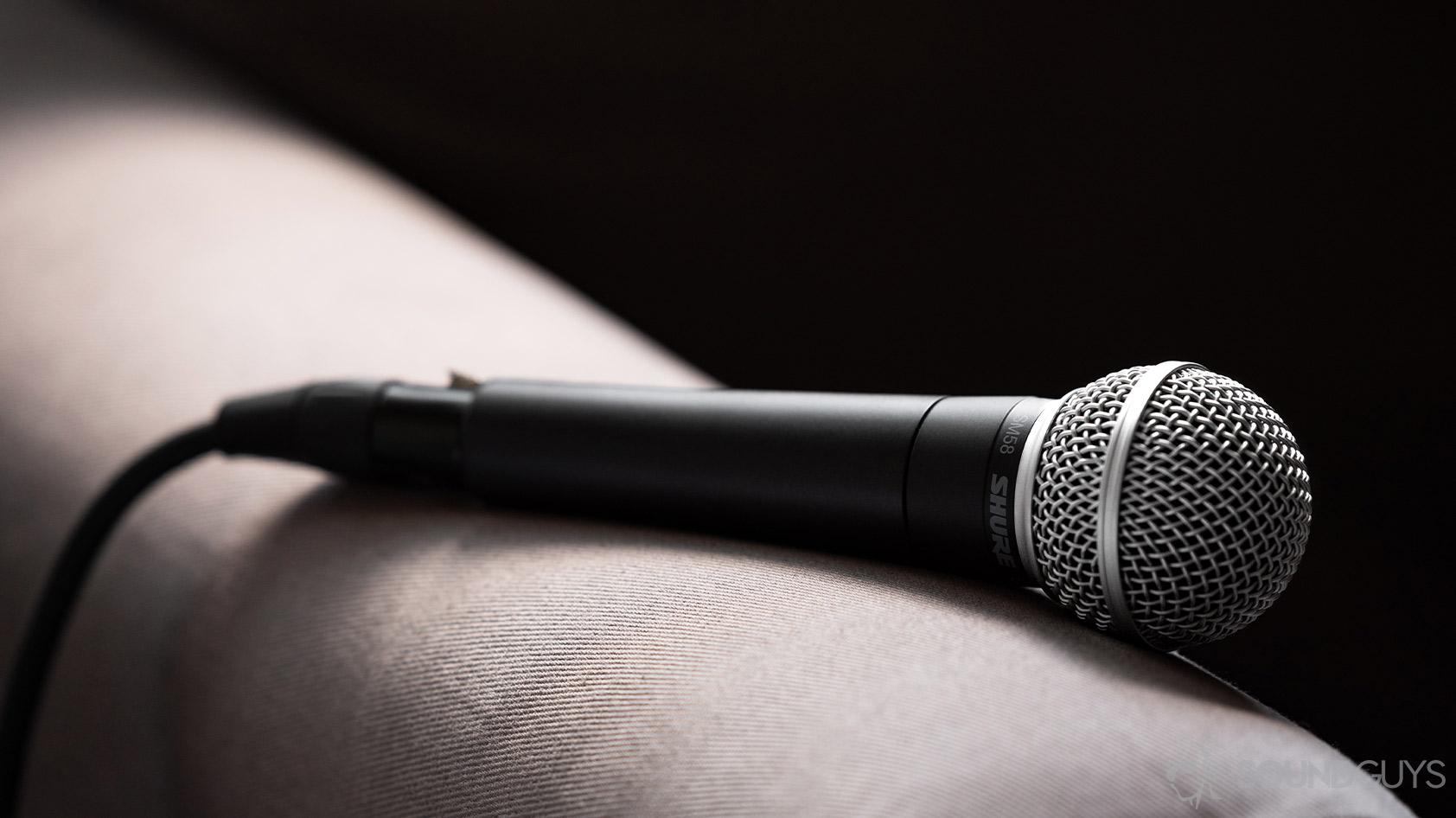
If you walk into a music store and ask about different microphone types, the clerk will likely present you with a dynamic microphone. This variety of microphone lends itself nicely to vocals, drums, and general instrumentation.
Live performers prefer dynamic mics for a few reasons: they’re durable, affordable, and can withstand plenty of loud noise before signal distortion sets in. Many sport a built-in high-pass filter to attenuate sub-bass frequencies. The veritable Shure SM58 is a dynamic XLR microphone and a great option for performers due to its high-value, low-cost nature ($99 at Amazon). Though holding a mic in your hands rather than placing it in a mic stand might reduce audio quality due to handling noise, if you bounce around on stage while singing, a mic with the Shure SM58 shape is perfect for handheld use.
Of course, this isn’t a one size fits all situation. Plenty of broadcast-style microphones are also dynamic microphones that you’re unlikely to want to take onstage. For one, the Shure SM7b is a classic studio mic that has found its way onto plenty of your favorite albums, radio stations, and podcasts. However, it’s too big to take onstage and the shape doesn’t lend itself well to being handheld. While objectively not cheap ($399 at Amazon), the SM7b is professional quality and can be used for vocalists.
Shure SM58 microphone demo:
This type of microphone is simply built, just like dynamic drivers in headphones. A coil, surrounded by a magnet, is attached to the back of a diaphragm. As sound waves from your voice hit the diaphragm membrane, it moves, pushing the coil back and forth. This dynamic movement interacts with the stationary space between the coil and magnet to create a minute voltage signal, thus converting sound waves into an electrical signal to then be projected through your amplifier.
Condenser microphones are great for studios
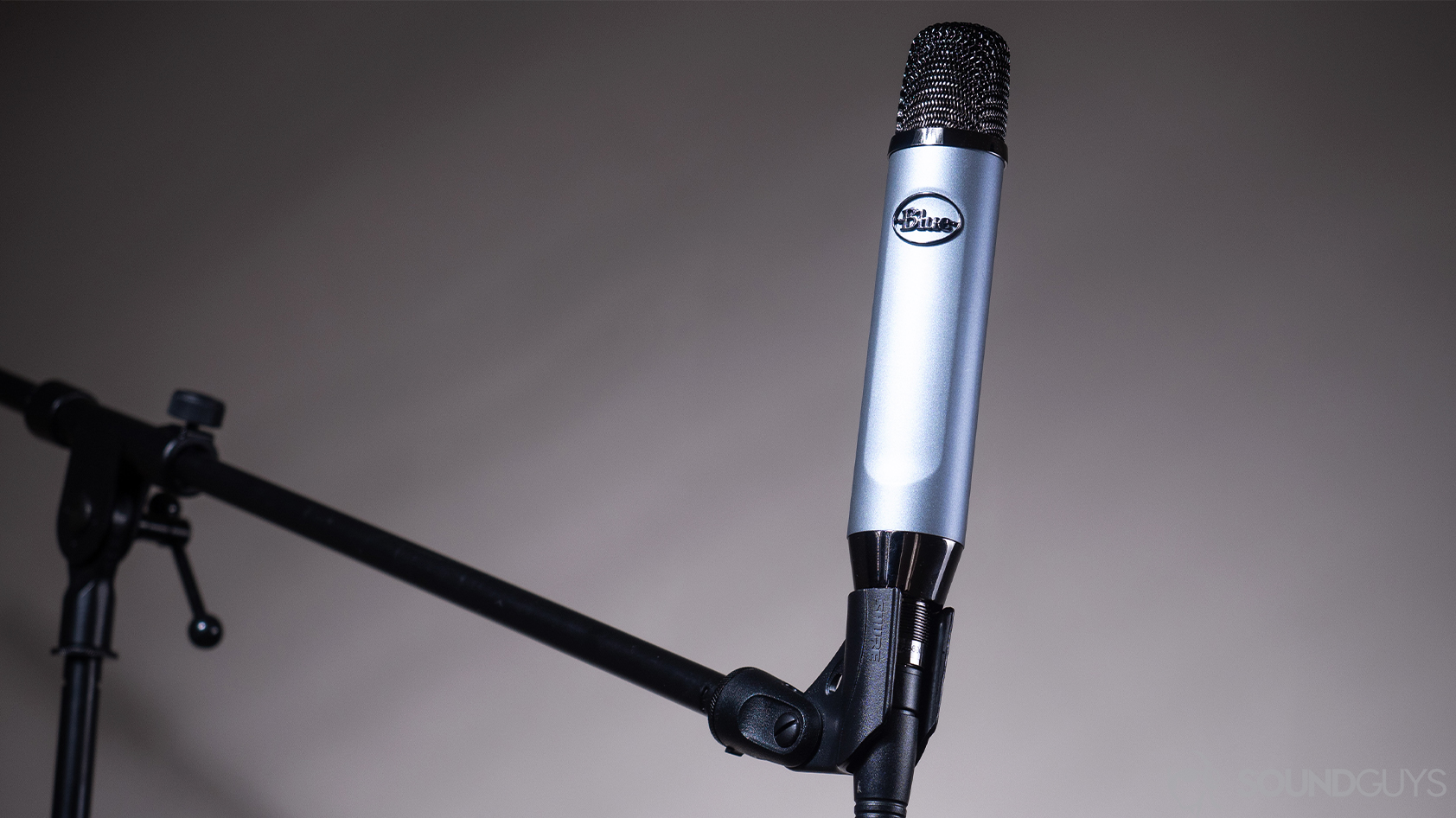
Another breed of microphone is the condenser mic. These are excellent for recording nuanced sounds like string and wind instruments, and are preferred for studio recordings. They require external power, be it phantom power or a preamp. The Rode NT1-A, for example, is a great condenser mic for recording vocals and acoustic instruments alike. A mic like this has a very neutral-leaning frequency response, leaving you more room to make adjustments when mixing your recordings. They’re more delicate than your average dynamic microphone. Therefore, they require a tame, controlled setting. Due to their high sensitivity, your recordings will benefit from a shock mount and pop filter.
Of course, there are exceptions to every rule: shotgun condenser microphones are used on TV and movie sets, to pick up all dialogue. Lavalier microphones are a subset of condenser microphones that you’ll see in interviews frequently. These clip onto clothing and capture the speaker’s nearby voice while avoiding picking up other sounds due to proximity.
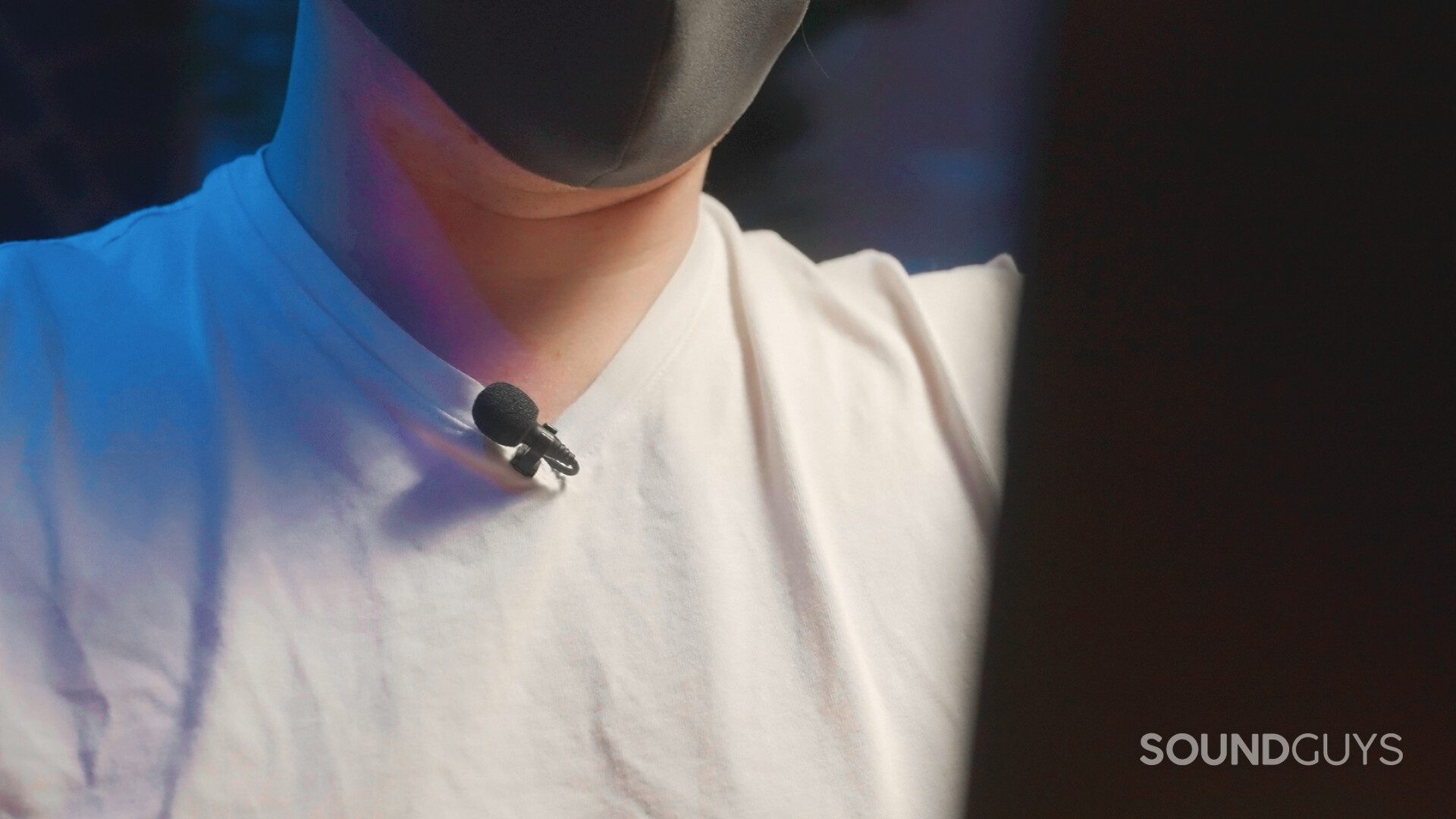
Now that we know what environments condenser mics shine in, let’s quickly break down how they work. Rather than moving a magnet and moving coils, these use capacitor plates that are constantly charged from an external power source (phantom power). The front plate is made from a malleable material comparable to a diaphragm used in dynamic microphones. When sound waves hit the front plate, it then vibrates. This slight movement changes the capacitance between the front and rear plates and converts it into an electrical signal.
Shotgun microphone demo:
USB microphones are the easiest to use
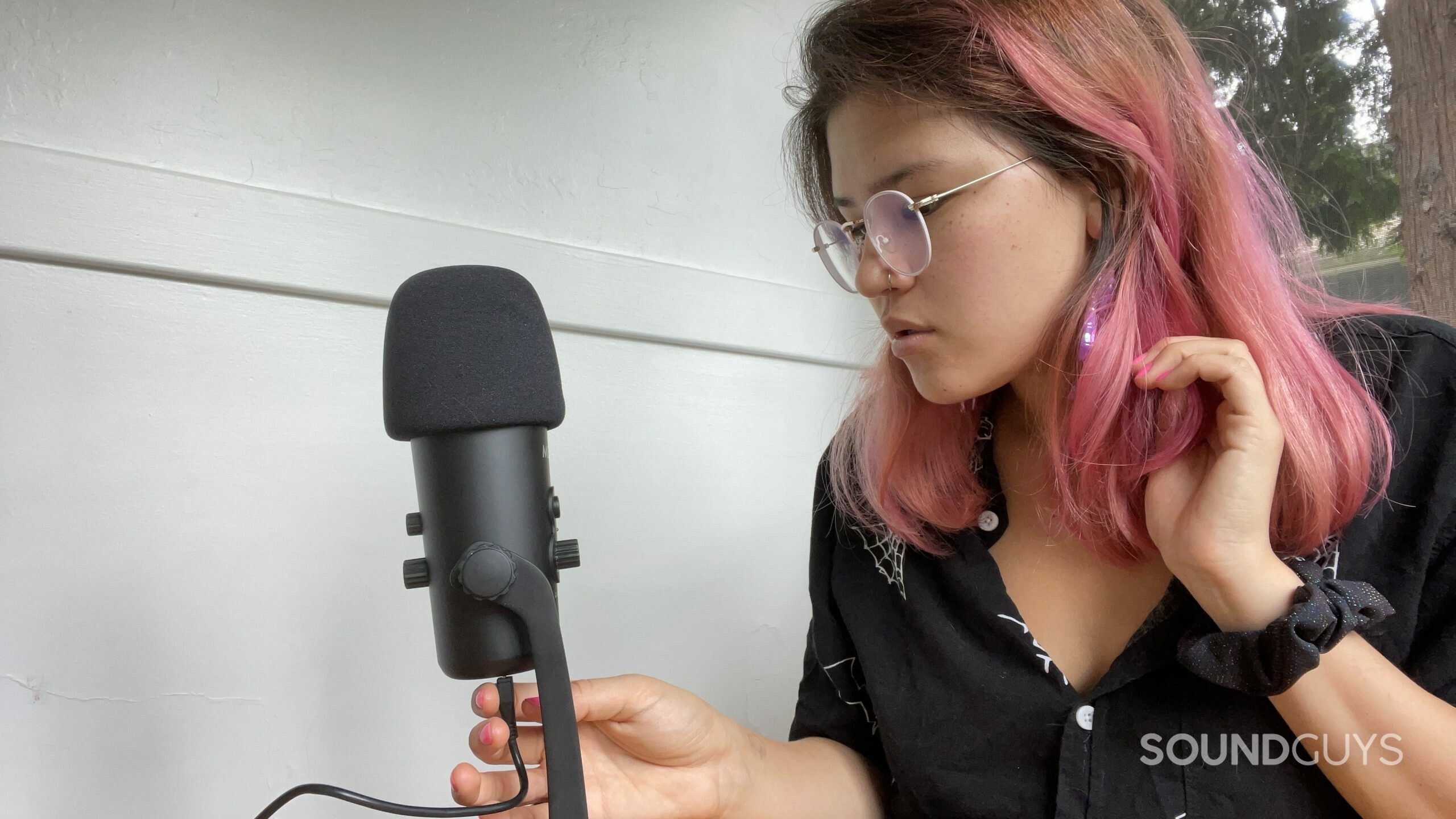
Those working from a home studio or office and don’t want to fuss with an audio interface should consider USB mics—perfect if you’re stuck at home using video chat apps for meetings. Most USB microphones are condenser microphones, which work almost the same way as the condenser mics we previously discussed. The main difference between them is that USB mics have a USB connection rather than an XLR connection. XLR connections have a balanced signal, whereas USB connections don’t, but this usually doesn’t turn out to be a huge problem when it comes to sound quality. USB mics are only meant for recording or live streaming—you can’t use them in live performance.
Movo UM700 USB microphone sample:
A huge perk of a USB condenser mic is that you don’t need any extra equipment to use it—no phantom power is required. You can simply plug it into your computer and start recording, and many USB microphones come with desktop stands too. A lot of USB mics even come with extra features, such as onboard gain and volume adjustment, and multiple recording patterns.
Ribbon mics make voice recordings shine
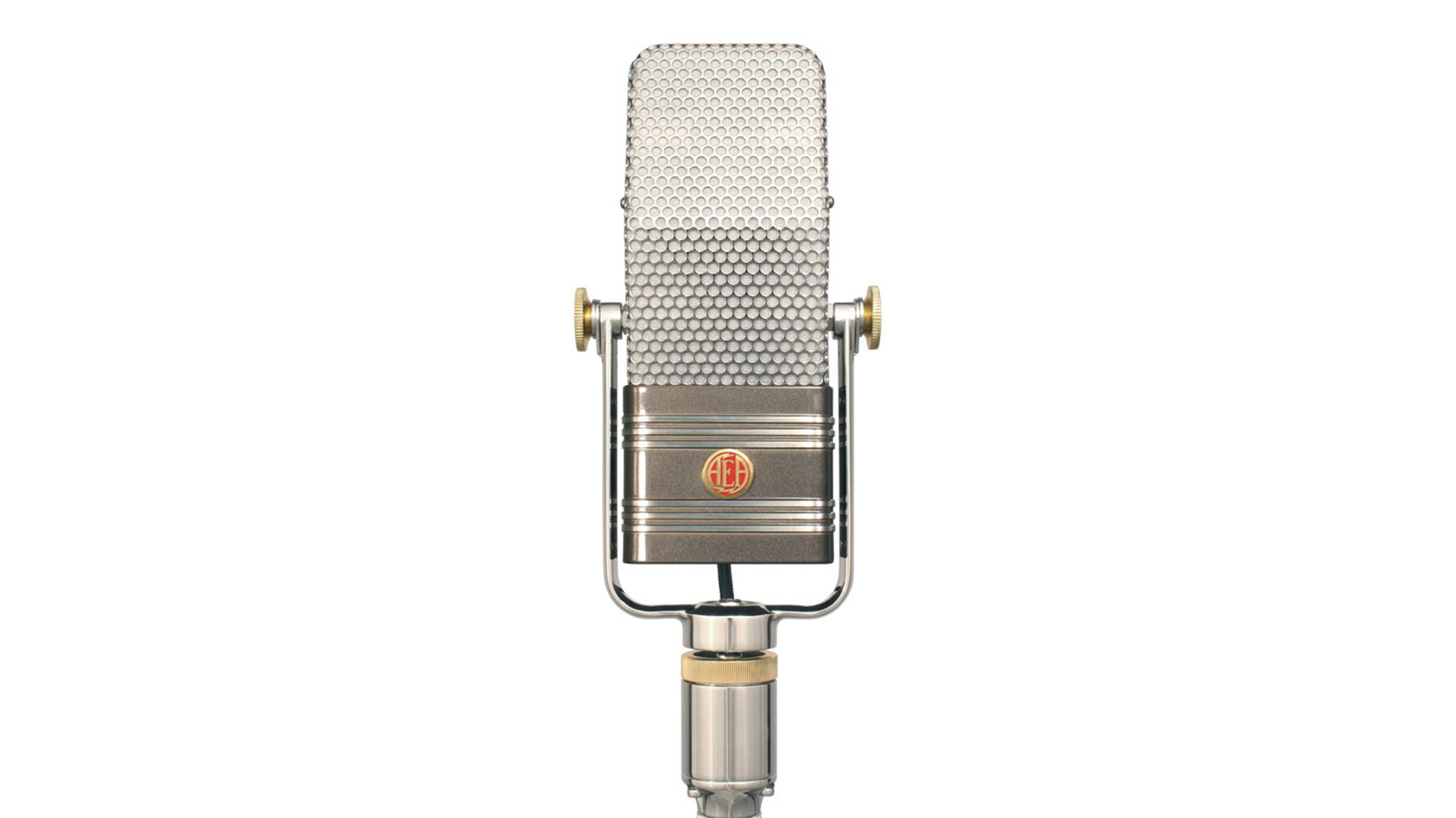
Now that we’ve covered the most popular types of microphones — dynamic, condenser, and USB — we can get into some of the more niche types. When I think of a Transatlantic accent, I picture a man in a suit with large lapels, tightly combed hair, standing behind a rectangular ribbon microphone. The ribbon mic was invented way back in the early ‘20s and is less prevalent today.
This type of microphone is great for recording voices and had a higher resonant frequency than microphone diaphragms back in the 1920s. Upon inception, they were remarkably fragile but have since become more rugged. They usually have a bidirectional polar pattern, meaning they equally register sounds from the front and rear.
Ribbon microphones aren't as fragile as they once were but dynamic mics are still generally tougher.
As the name suggests, a ribbon microphone uses, well, a ribbon. It’s suspended between a magnet’s oppositely charged poles. As it vibrates between said poles, a voltage is created. Fun fact, the velocity of the ribbon’s movement is directly proportional to the induced voltage. This signal is then converted and transmitted for output.
Tube microphones have a passionate following
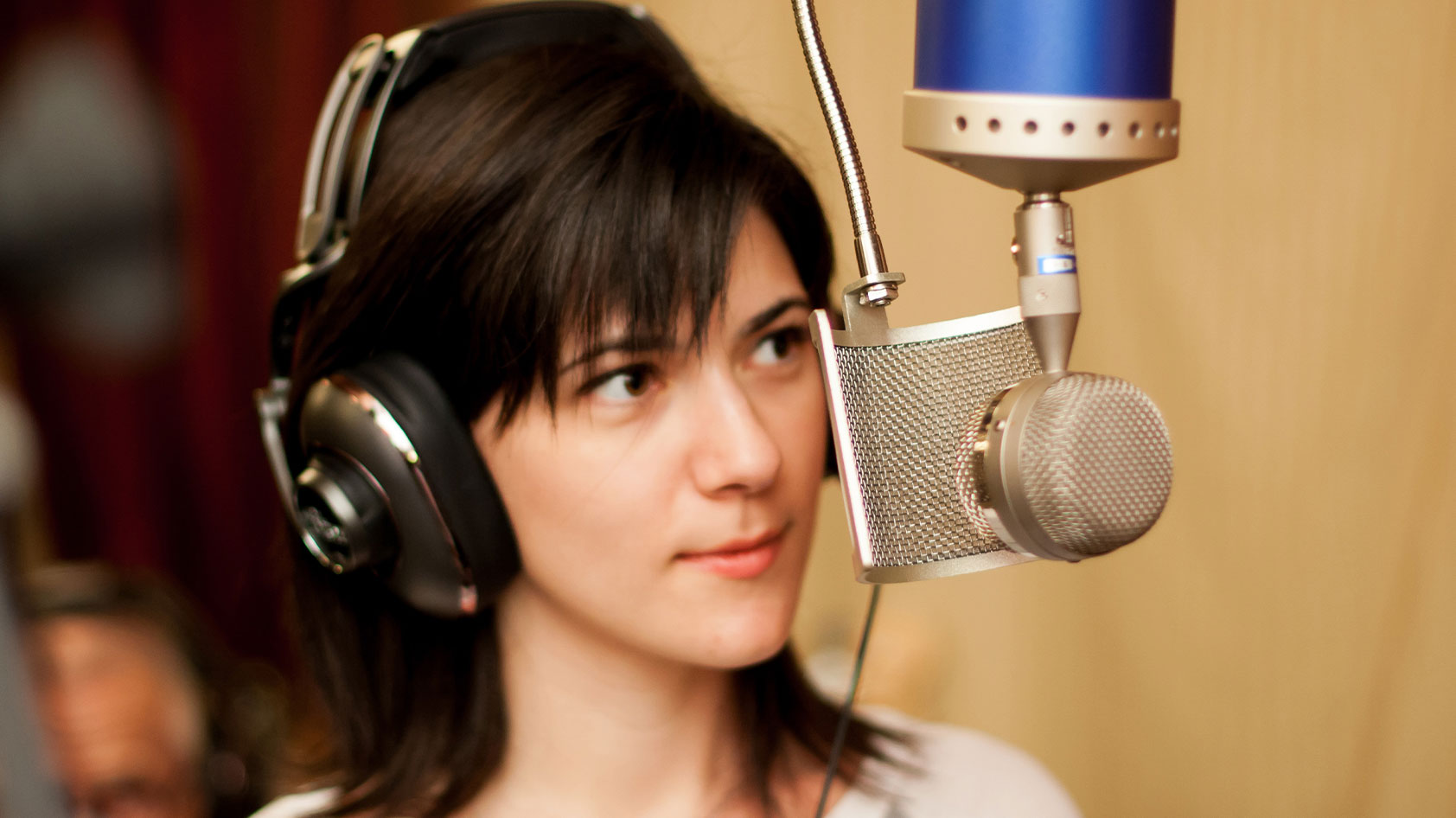
These condenser microphones use a vacuum tube to amplify the signal from the recording capsule. They require more than 48V phantom power, but it’s rare to find a tube microphone that doesn’t include an external power supply. Tube microphones are great for voices, too. There’s an ardent fanbase surrounding tube microphones, but realistically, a general condenser mic will serve just as well for most scenarios and is more accessible.
Pencil condenser mics/small diaphragm condenser for indoor filming and instruments.
If you have times when you’ll have to move the recording indoors, into an untreated space without the ability to sound-dampen the audio, but without having a microphone in frame. You might want to consider a pencil condenser, also known as a small diaphragm condenser. Pencil condensers resemble shotgun mics, but tend to be smaller and feature a less prominent interference tube, the grills that allow sound to pass through. To be considered a small diaphragm condenser microphone, the size should be smaller than 1/2″. Large diaphragm condensers are then going to be any condenser microphone over 1/2″.
In reality, pencil condensers don’t reject most room reverb, so why would I recommend using a pencil condenser over a regular condenser shotgun microphone? This is due to how the interference tube of most regular shotgun mics rejects noise from the sides, through phase cancellation that has issues with reflections. Pencil condenser microphone doesn’t have issues with phasing compared to shotgun condenser microphones indoors. Which is why when recording indoors, a shotgun mic can sound unnatural, while a Pencil condenser sounds much cleaner, as it doesn’t have reflection artifacts. You are most likely to see Pencil condenser microphones used in instrumentation due to their ability to record high transient noise or spikes in loudness without distorting.
What you should know about microphones
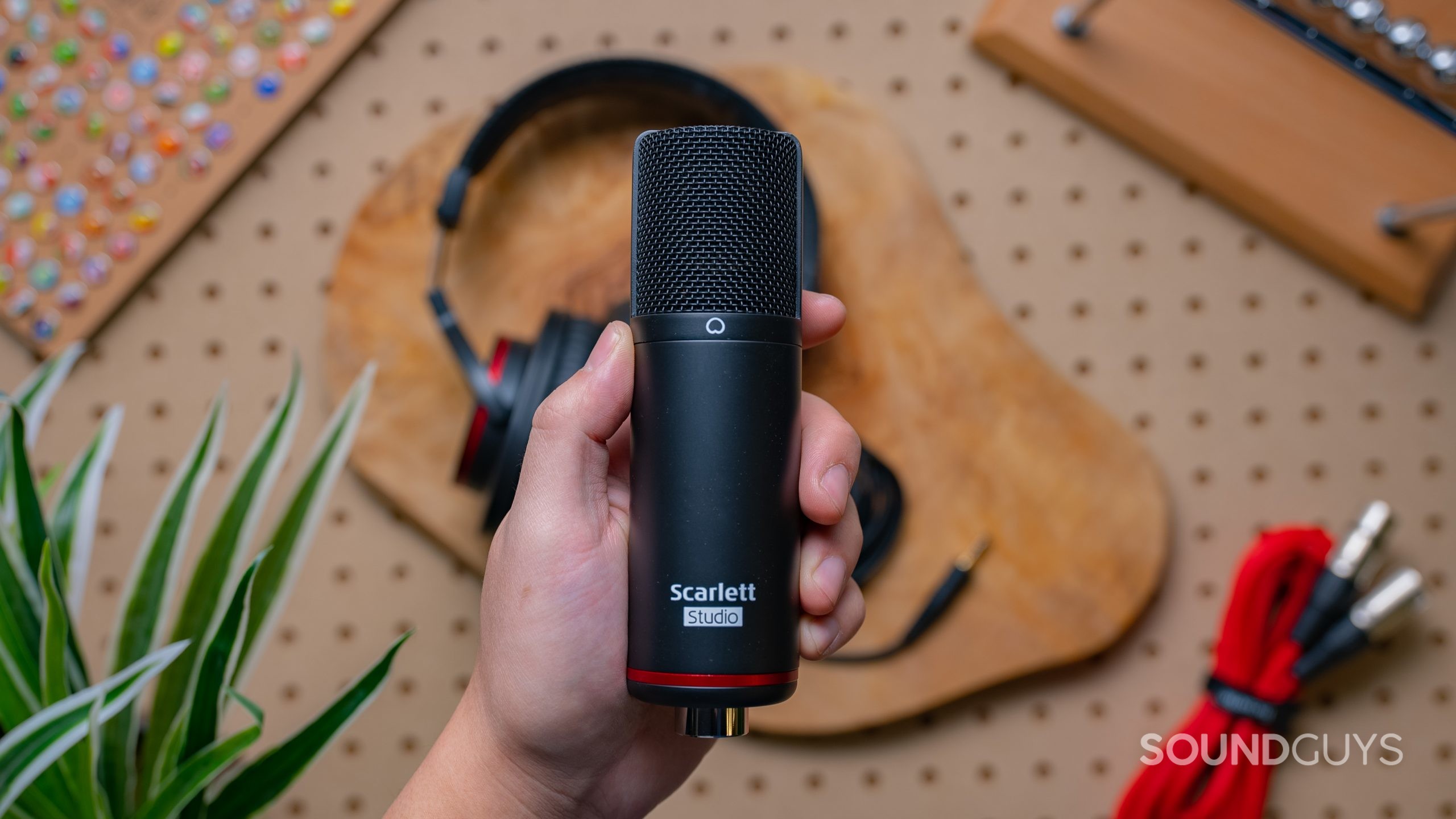
While we’ve gone through some of the differences between microphones and the various types, let’s look at the commonalities of mics. Understanding polar patterns and frequency charts will go a long way in helping you pick the right mic for the job. Most manufacturers provide information about polarity patterns and usually have their own frequency response charts you can look over to help you make an informed choice.
Polar patterns determine what sounds are recorded and rejected
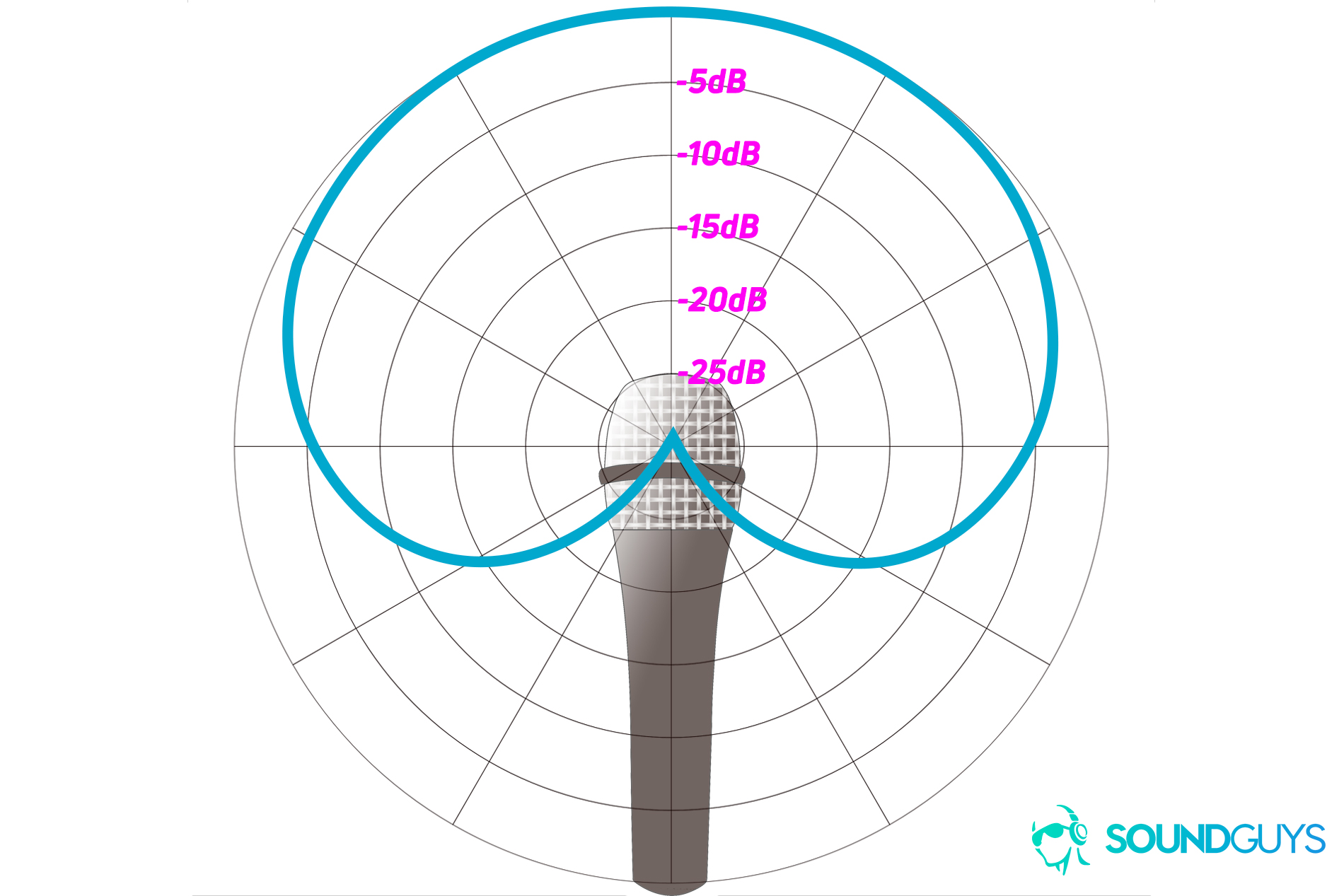
Now that you have an idea of the microphone types, let’s go over polar patterns. These determine from which direction, or directions, a microphone registers sound. Here’s the skinny: cardioid mics have a heart-shaped pickup pattern, which picks up the most sound from the direct front of the mic, but is generally forgiving with regards to where the microphone is placed. This pattern has some off-axis rejection but will still capture room ambiance. It’s one of the most popular patterns for consumer microphones.
Frequency response and sensitivity affect sound quality
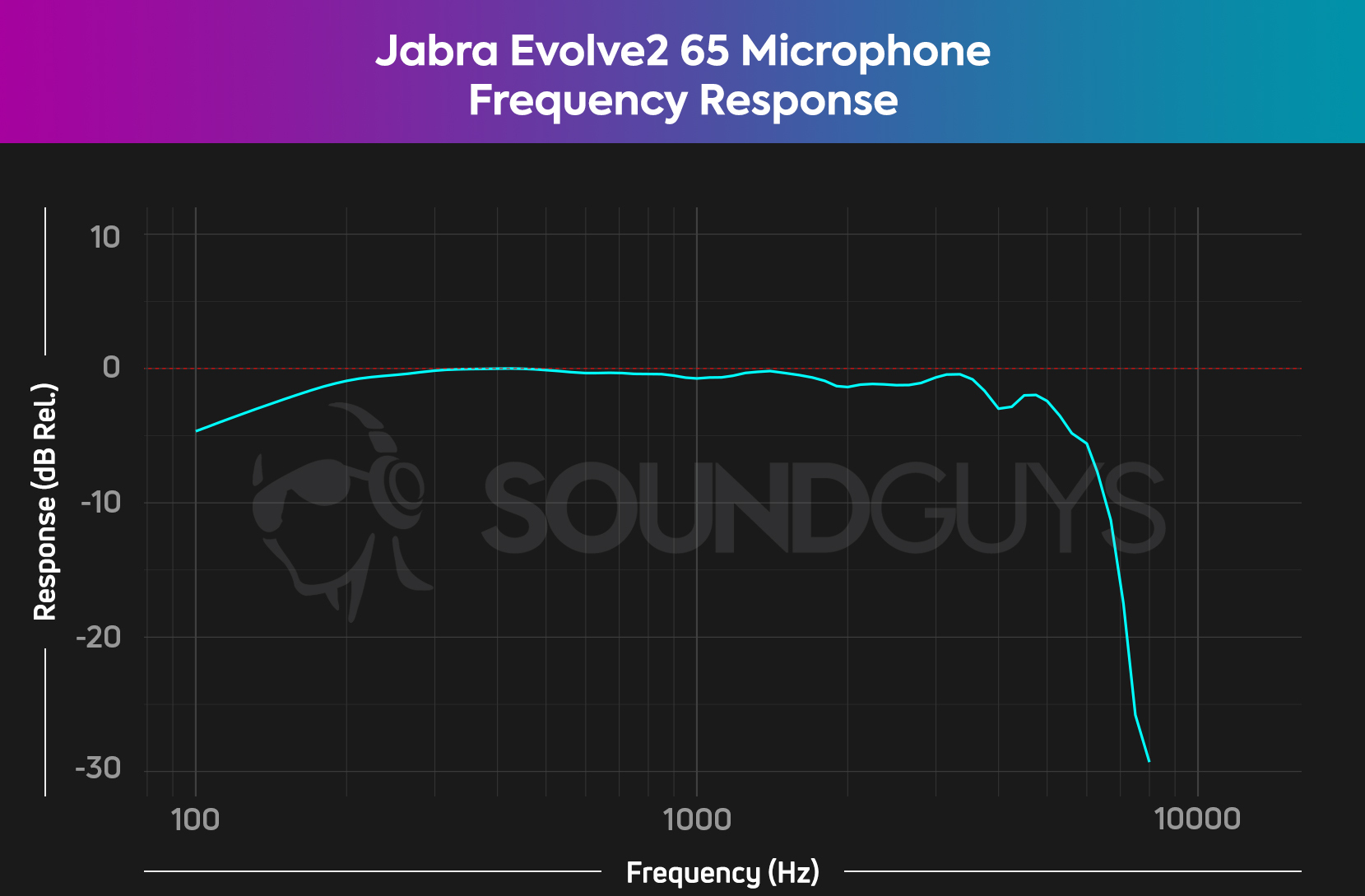
Headphones, microphones, and speakers all have a specific frequency response. Charts denote how well something can reproduce an audio signal across a specific frequency range. A commonly used frequency range is 20Hz-20kHz; these are the lowest and highest frequencies the human ear can register.
A neutral frequency response makes it easier to edit during post-production.
A perfect frequency response looks completely flat on a chart, but you won’t actually come across this in the real world. Not all vibrations are transmitted as electromagnetic signals, no matter what type of microphone you’re using. This means some frequencies may be less or more audible, depending on the microphone. When visualized like in the chart above, a louder frequency range appears as a bump, while a quieter one dips.
Sensitivity is a little different. It just refers to how easily the mic picks up sounds. A more sensitive microphone is able to register quieter sounds than a less sensitive one. This is why condenser mics often need some kind of suspension mechanism: they’re more prone to registering micro-movements that send tiny vibrations through the housing and are then recorded by the diaphragm.
Treat the room with acoustic foam panels
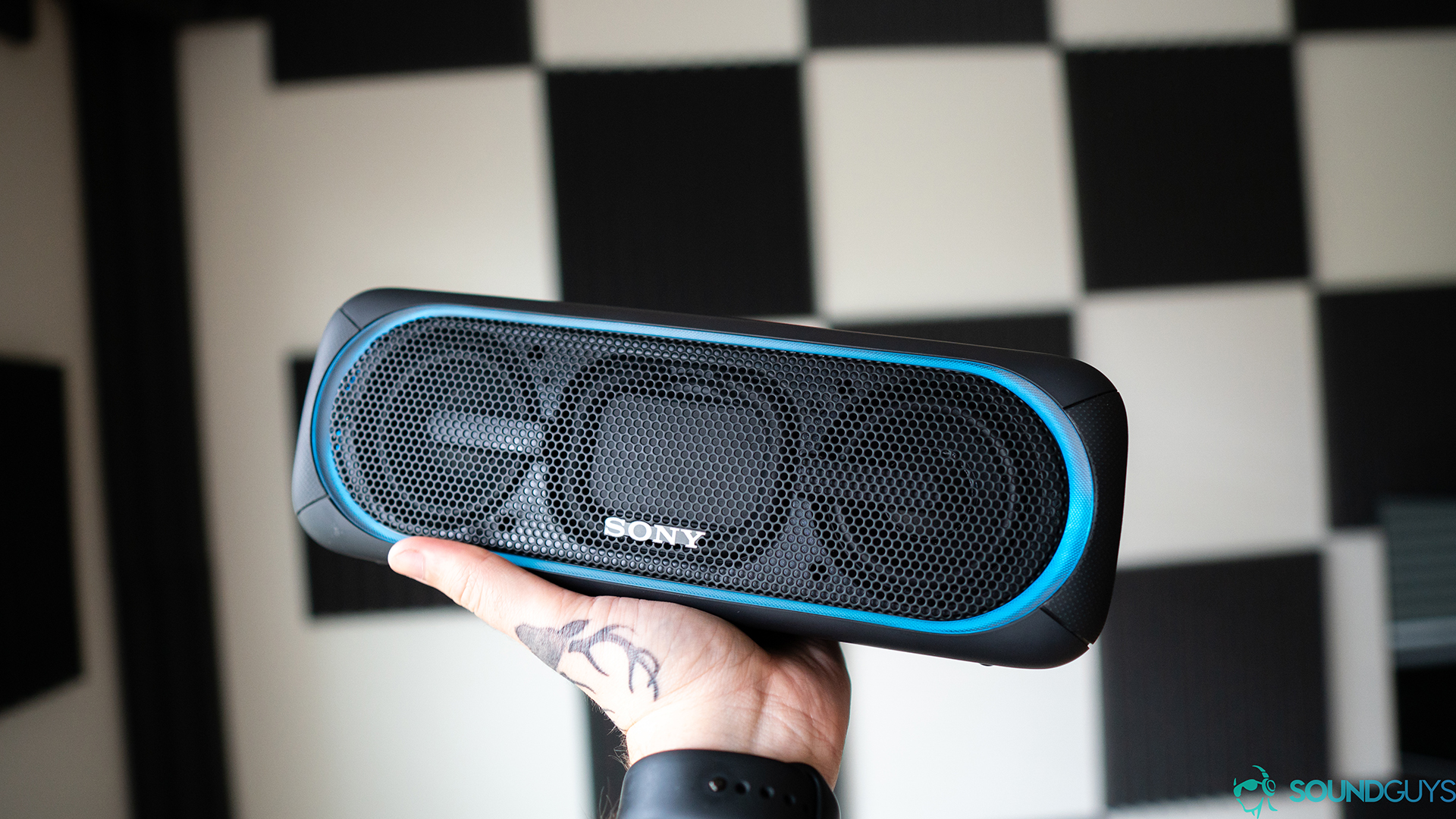
There are common recording problems that newbies and professionals all run into. If you happen to be recording inside, in a full-fledged studio. or your DIY blanket fort, there are easy ways to mitigate in-room echoes. Now, recording outside — that’s a completely different beast.
If your space has a lot of reflective surfaces (hardwood), you’ll need to go to great lengths to reduce echoes. Acoustic foam panels are an effective way to do this and don’t require much effort to install. For those with tight budgets, look into bass traps for the corners. As you may expect, corners amplify echoes. Those working from home should record from the innermost room. This will be an effortless way to mitigate street noise.
Relatedly, you can easily get rid of plosives and fricatives with a pop filter. These are the unwanted pops and hisses that creep into recordings. A pop filter shields the mic capsule from the expulsion of air that leaves the mouth with words like “papaya.”
Demo of plosives:
Demo of fricatives:
Prevent the proximity effect
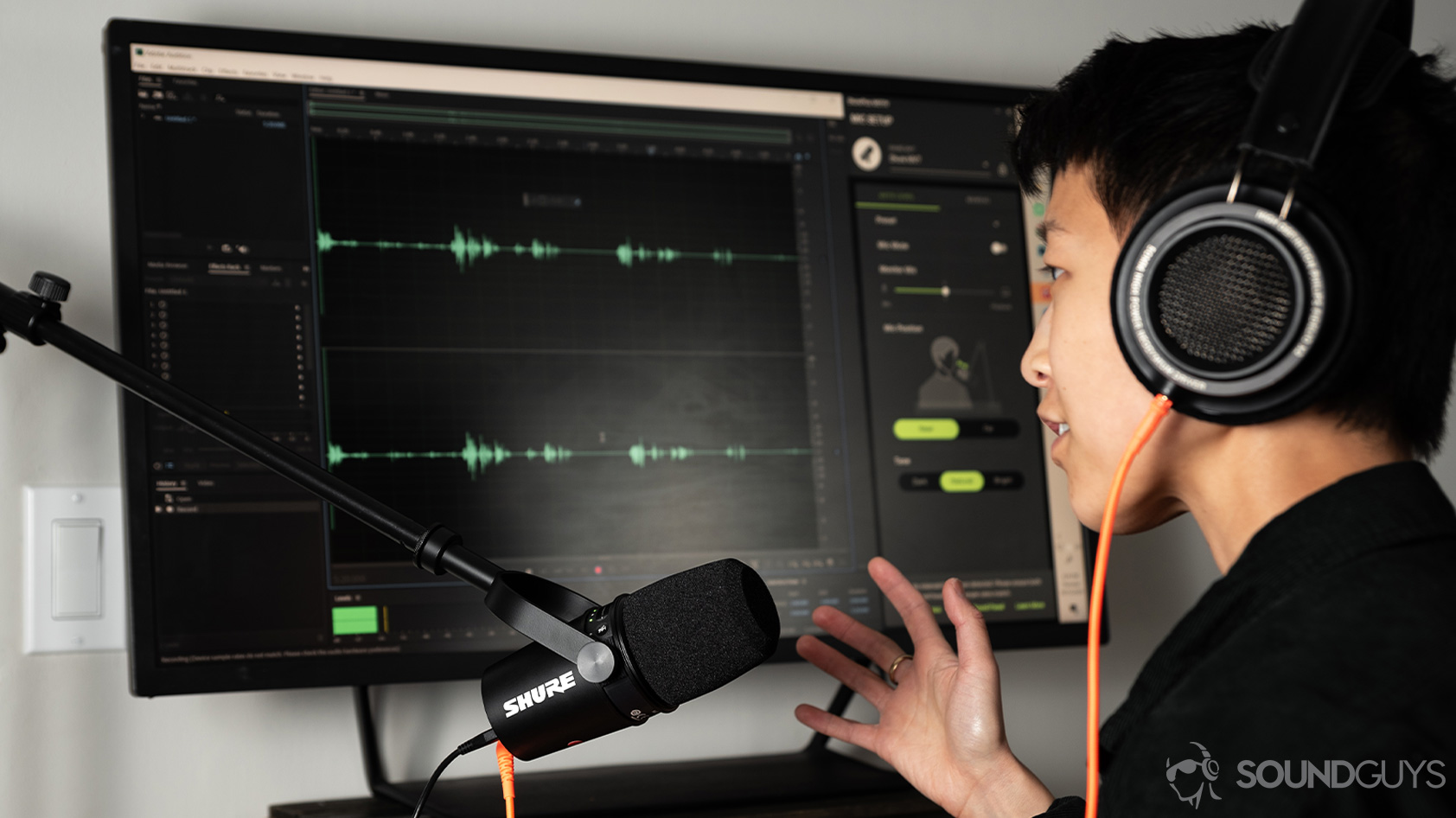
We most often experience the proximity effect when we take phone calls, but it can impact all microphone types. As you speak closer to a microphone, especially a cheap one, low-frequency sounds are amplified. While this isn’t the end of the world for phone calls, it can really ruin a recording and force you to spend more time editing than you initially intended. Speaking six inches from the microphone helps to reduce this effect. Additionally, try your best to remain still while recording. Swaying too far forward or away exacerbates its presence.
While we’ve just brushed the surface of how each microphone works, you should leave here with a better understanding of microphone types and when to use what. Whether you’re looking to record a podcast, videos for your YouTube channel, or people in various environments, we have you covered.
Frequently asked questions about microphone types
Only you know the answer as to whether you should get a USB microphone or a headset with a boom mic. Basically, a headset mic frees you up to move around as you please, but you’re limited to the engineering restrictions inherent in a headset mic. You can’t control the proximity effect much, adjust gain typically, or record conveniently without wearing the headset. Generally speaking, the audio captured won’t be as pristine as a dedicated USB microphone’s audio. If you’re just playing a game, get a headset. If you’re recording a podcast or a stream, you might prefer the improved audio quality of a USB mic, even if it limits your mobility.
The best microphone for beginners singing is one you can comfortably afford. Now, this depends a little bit on your setup, how much you plan to expand, and if it’s for stage performance or recording in a treated room.
If you’re singing live, we recommend the Shure SM58, or the Shure Beta SM58A ($169 at Amazon), which tends to bring in more treble but is otherwise basically the same mic.
Those planning to sing in studio only can look at budget-oriented condenser mics such as the Warm Audio WA-47 Jr. ($299 at Amazon), Audio-Technica AT2020 which can be fussy but is cheap ($99 at Amazon), or perennial favorite, Rode NT1-A ($199 at Amazon).
If an audio interface is out of reach, you can consider a USB mic like the Audio-Technica AT2020USB-X. Typically, these aren’t recommended because your use case is limited by the USB connectivity, but there’s no denying that a USB mic gets you in the door for less money.
Pinpointing who invented the microphone is somewhat difficult as it seems that the invention of the microphone is an example of multiple discovery (also known as simultaneous invention). It’s also intrinsically linked to the highly contested history of the telephone and the history of speakers. Several people in the mid to late nineteenth century deserve credit for the invention of the microphone, such as Antonio Meucci (sometimes credited with the first dynamic microphone and sometimes the telephone), Johann Philipp Reis (who created a parchment-based diaphragm mic for an early telephone-like device), Alexander Graham Bell and Elisha Gray (invented the liquid transmitter), Emile Berliner, Thomas Edison, and David Edwards Hughes (all invented the carbon microphone), and so many more all invented types or refined microphones that could effectively capture speech.
Muddying the waters is that these devices all represent different solutions to the same puzzle, and the patents (patent caveat in Meucci’s case) were all registered roughly within five years of each other and by people often isolated and spread across the globe. Johann Reis, for instance, was a school teacher in Germany who couldn’t get any attention for his work, while both Bell and Edison battled in various courts to disprove the legitimacy of other patent claims on similar devices, and both Bell and Edison have been accused of stealing credit from their collaborators and each other.
In addition, the microphone is not a single device. Throughout the twentieth century different kinds of microphones were invented, such as the condenser microphone at Bell Laboratories in 1916 by Edward C. Wente, and the ribbon microphone in the 1920s (by Harry F. Olson). Even today, new types of microphones are still being created, for example, the Micro-Electro-Mechanical-Systems (MEMS) mic found in many phones was first created in 1983, and in 2003, the digital microphone was invented.
The earliest microphones tended to sound terrible, as in barely intelligible, and it would be unfair to credit the “first” person without considering the cumulative accomplishments of others who fixed the abysmal sound quality of the original microphones. In other words, it seems no single person really invented the microphone, because there is no single microphone. You ask who invented the microphone, and the answer is, which microphone?
The Shure SM58 is the most versatile and affordable microphone we can recommend. Though it is most often used for live performance, the SM58 still sounds great when used in recordings, especially vocal recordings.
USB microphones are becoming more and more advanced, and the gap in sound quality between them and XLR mics is definitely getting smaller. One reason you might still consider getting an XLR microphone is that it doesn’t automatically convert an analog signal into a digital one the way that a USB mic does, and you can use an XLR mic in a non-computer setting. An XLR mic’s signal remains balanced throughout its connection, which is conducive to higher quality sound, especially if we’re talking about high end XLR mics.
While most USB mics have preamps built into them, XLR mics don’t, so you are given a bit more freedom to tailor the sound of the recording to your liking with XLR mics. For amateur sound producers, this is less of a big deal, but all experts started out as amateurs once. If you’re getting invested in the world of recording, starting with an XLR from the get go will make it much easier to upgrade to higher quality equipment, like a pricier audio interface, in the future.